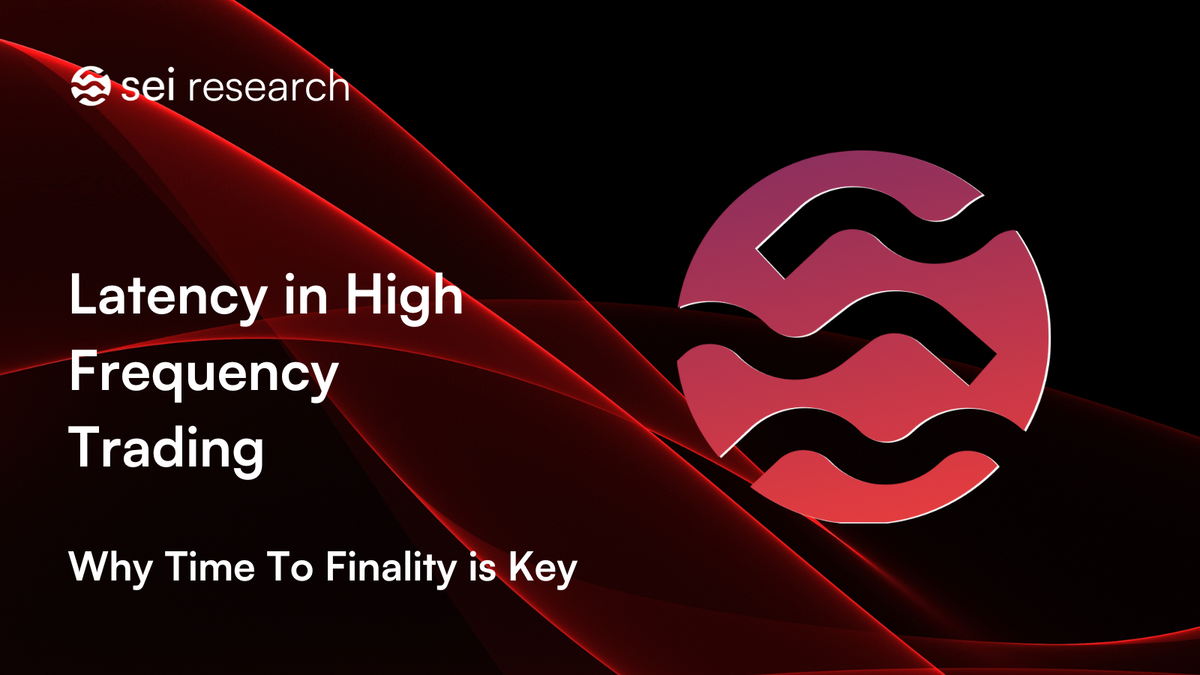The Importance of Latency in Financial Markets

Unraveling the Role of Latency in Trading
In the hyper-connected and digital world of financial trading, speed isn't just an advantage—it's essential. In this context, the speed we're referring to is called latency, which is essentially the delay between a user's action and the response to this action in a network. For the financial markets, latency corresponds to the time it takes for a trading order to be submitted and the confirmation of the order's execution. In a world where milliseconds can mean the difference between profit and loss, latency has become a critical factor in trading operations.
Latency and High-Frequency Trading
High-frequency trading (HFT) has significantly amplified the importance of low latency in the financial markets. HFT is a trading method that uses powerful computers to transact a large number of orders within fractions of a second, leveraging algorithms to analyze multiple markets simultaneously and execute orders based on market conditions.
In this arena, the party who can execute orders the fastest often wins, which means having low latency can provide a competitive edge. High-frequency traders continually strive for lower latency levels to increase their chances of executing trades before their competitors. Therefore, many investment firms are willing to invest substantial resources to reduce their network and processing latency.
The Speed Race
Driven by the demand for low latency, a type of arms race has emerged in the financial sector, with firms vying to own the fastest trade execution capabilities. Some companies have even relocated their servers closer to exchange data centers to reduce the physical distance that data needs to travel—a strategy known as colocation. Others use microwave transmissions to communicate orders, as they're faster than traditional cable-based methods.
Moreover, technology providers continually work on advanced algorithms, high-speed networks, and sophisticated order routing strategies to reduce latency further. These efforts have pushed latency down from seconds to milliseconds and now to microseconds in the modern trading environment.
Impact on Market Stability
While the low-latency environment enables faster trades and increased trading volume, it has raised questions about market stability. The flash crash of 2010, where the Dow Jones plunged about 1000 points before quickly recovering, highlighted potential risks of high-speed, algorithmic trading. Researchers found that HFTs didn't cause the crash but did exacerbate market volatility due to their aggressive trading behavior in a high-speed environment.
Moreover, low latency can lead to an overemphasis on speed over strategy and contribute to predatory trading practices. Therefore, balancing the need for speed with measures to maintain fair and stable markets is an ongoing challenge for regulators.
Parting Thoughts
In today's digital age, where financial markets operate at incredible speeds, latency has indeed become a crucial factor in trading operations. From high-frequency trading to the constant pursuit of speed, it underscores the dynamics of modern financial markets.
However, it's essential to remember that while reducing latency can provide a competitive edge, it brings its own set of challenges and risks. Hence, it's imperative to create a balanced trading environment where technology serves the market's overall health and stability, not just the fastest players.
The financial industry, guided by regulatory bodies, must continue to refine this balance, ensuring that the pursuit of low latency contributes positively to market liquidity, fairness, and overall efficiency.
